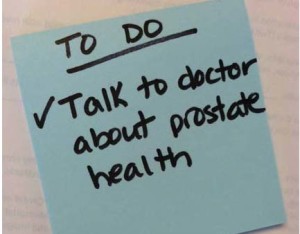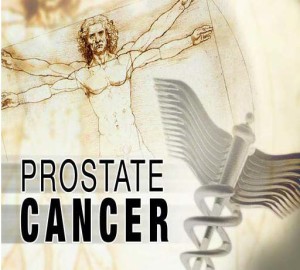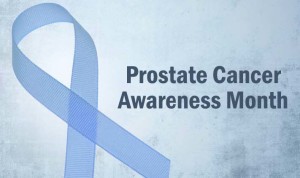Prostate cancer is the second leading cause of cancer deaths in men in the U.S. The leading risk factor for prostate cancer is age – 97 percent of prostate cancer cases occur in men age 50 or older. One in six American men will be diagnosed with prostate cancer in their lifetimes. Having a close relative with prostate cancer and being African American, or Caribbean of African descent, increases a man’s risk for prostate cancer.
Racial disparities in prostate cancer incidence and mortality exist.
According to the 2014 Cancer Report provided by the Maryland Department of Health and Mental Hygiene, the incidence rate of prostate cancer in Maryland for 2011 (the most recent data available) was approximately 110 per 100,000 white men and 191 per 100,000 black men. Mortality rates in Maryland due to prostate cancer were approximately 17 per 100,000 white men, and 37 per 100,000 black men.
Prostate cancer typically exhibits no symptoms in its earliest stages. As prostate cancer progresses, possible symptoms may include blood in the urine; the need to urinate frequently (especially at night); weak or interrupted urine flow; pain or a burning feeling while urinating; and constant pain in the hips, spine, ribs or other areas. Men should consult their health care provider if any of these symptoms occur.
 Current screening guidelines for prostate cancer emphasize the importance of making an informed decision. In May 2012, the United States Preventative Task Force issued a final recommendation statement on the use of the prostate-specific antigen (PSA) screening test for prostate cancer. It concluded that the expected harms of PSA screening are greater than the potential benefit. It is essential that men communicate with their health care provider about the risks and benefits, as well as their personal values and preferences, to ensure that they are making an informed decision.
Current screening guidelines for prostate cancer emphasize the importance of making an informed decision. In May 2012, the United States Preventative Task Force issued a final recommendation statement on the use of the prostate-specific antigen (PSA) screening test for prostate cancer. It concluded that the expected harms of PSA screening are greater than the potential benefit. It is essential that men communicate with their health care provider about the risks and benefits, as well as their personal values and preferences, to ensure that they are making an informed decision.
Men at higher risk of prostate cancer should have a conversation with their health care provider by age 45 to determine what, if any, screening tests are recommended.
Although it is not yet known how to prevent prostate cancer, current studies suggest that having a healthy diet, being physically active, not smoking, and maintaining a healthy weight can help lower the risk of many types of cancer, while also reducing the risk of heart disease, diabetes, and stroke.
For more information about prostate cancer, visit the Centers for Disease Control and Prevention website.


